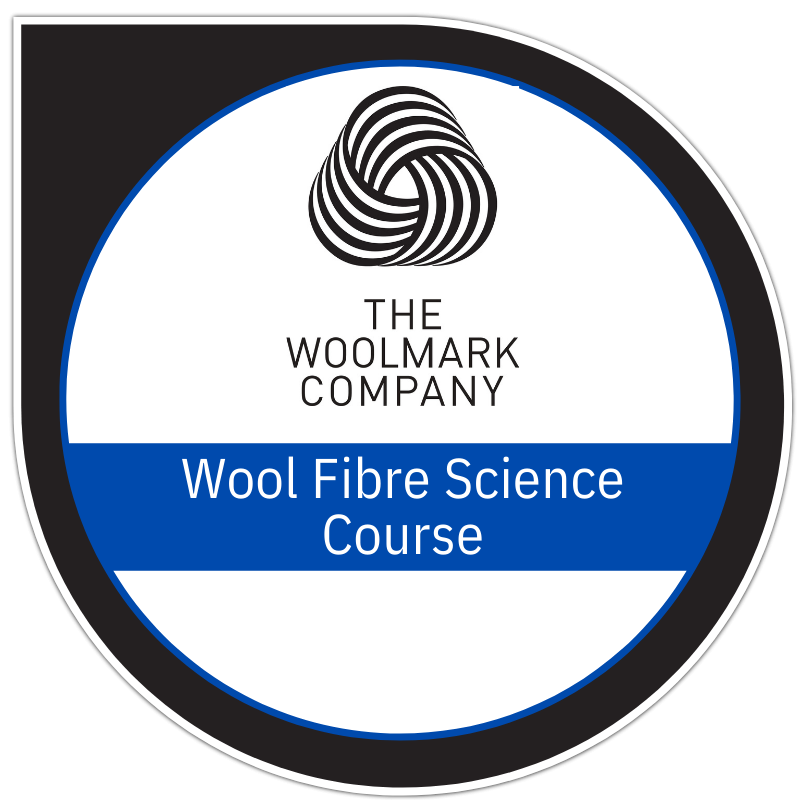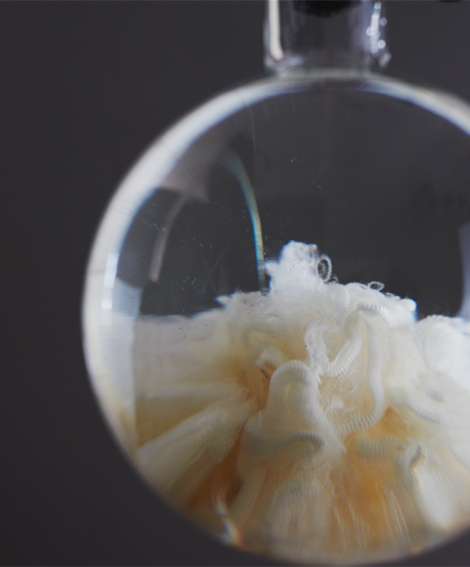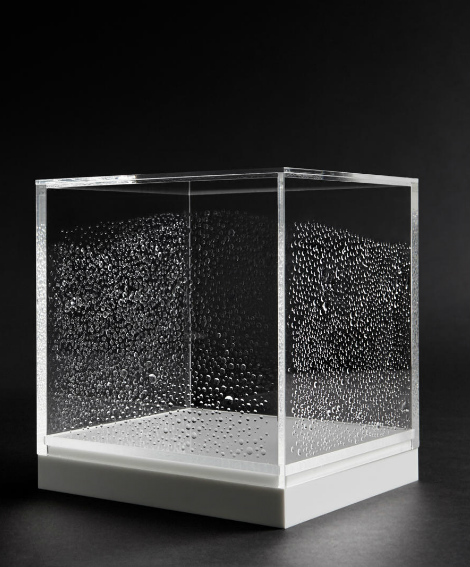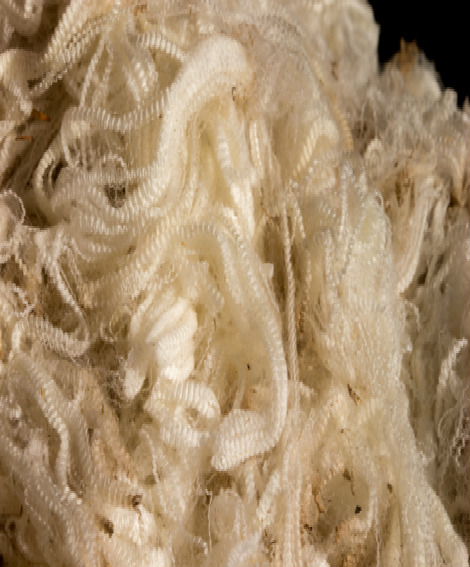Wool is a natural fibre produced by sheep, which has been used by humans for a wide variety of purposes and products. It is easier to understand the processing of wool and the performance of the subsequent products if you understand the behaviour of the wool fibre from the outset.
This course takes an in-depth look at the wool fibre, its structure, chemistry and physics. It also explores the implications of the structure, physics and chemistry of the wool fibre in terms of the properties and benefits of wool products.
By the end of this course, you should be able to:
- differentiate the properties of wool from other fibres
- describe the structure of the wool fibre and the complex components that make up its structure
- explain the physics of the fibre and the relationship between the physical properties and the fibre structure and chemistry
- outline the complex chemistry of the wool fibre and its impact on the behaviour of the fibre during processing and wear
- describe the benefits of wool in terms of comfort, ease of wear and care, safety, appearance and versatility.
- Introduction
- Wool and other animal fibres
- The structure of wool fibres
- The physics of the wool fibre
- The chemistry of the wool fibre
- The setting of the wool fibre
- The shrinkage of wool products
- The benefits of wool

Modules: 7

This first module in Wool fibre science compares wool with other natural and synthetic fibres. It will provide a basic insight into the wool fibre and the animal responsible for producing this renowned natural fibre — the sheep.

This module focuses on the structure of wool fibres, emphasising the nature of the various components of the wool fibre, what the components are made of, what they do and how these components can be modified to improve or change various aspects of the performance of wool.

This module explores the concept of dimensional change (both relaxation and felting shrinkage) in wool products. The causes and types of dimensional change are discussed, along with the methods available to prevent felting shrinkage.

This final module in Wool fibre science explores the properties and benefits associated with wool that would persuade consumers to use it and relates these advantages to the fibre structure, physics and chemistry of wool covered in previous modules.



